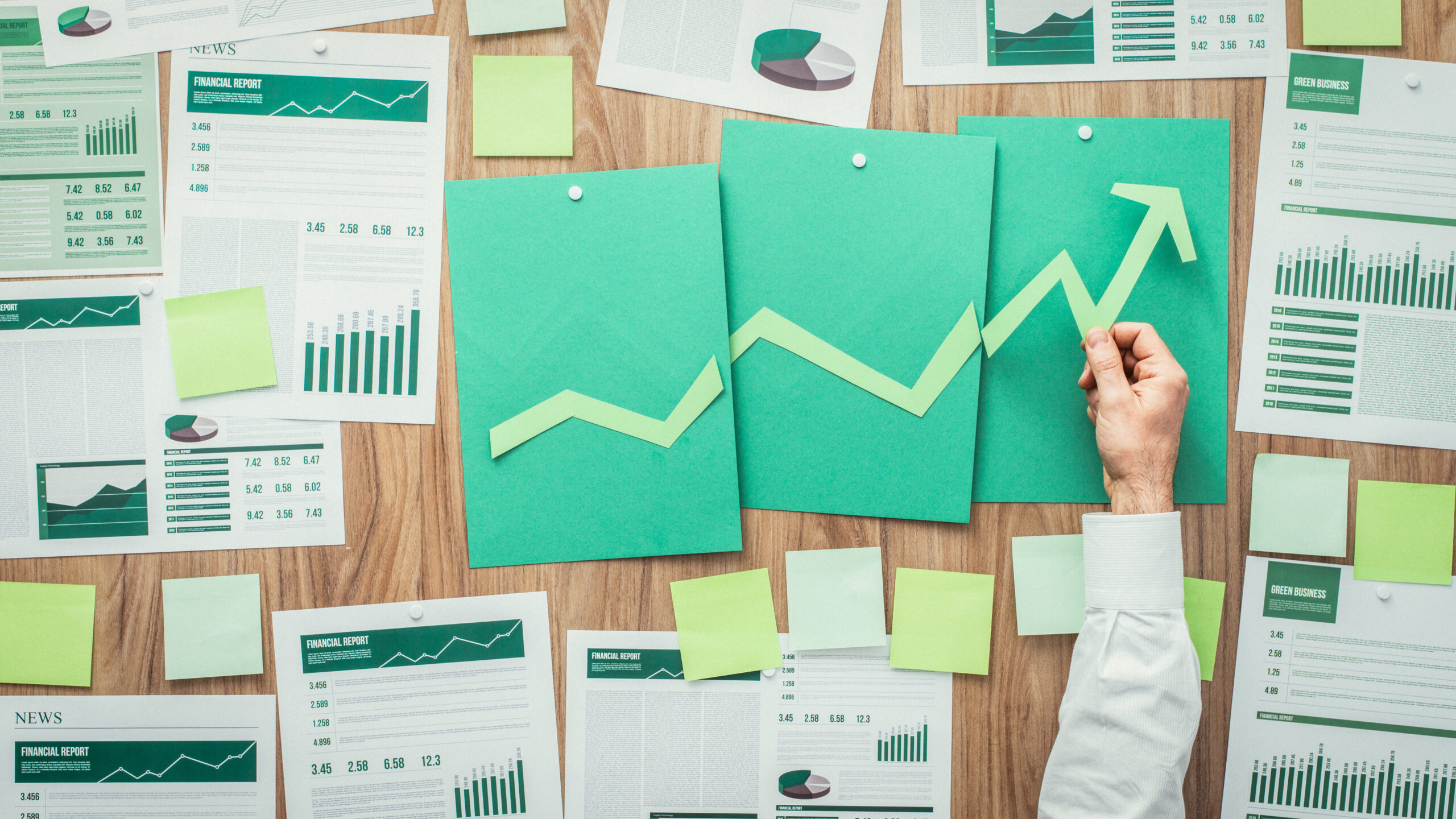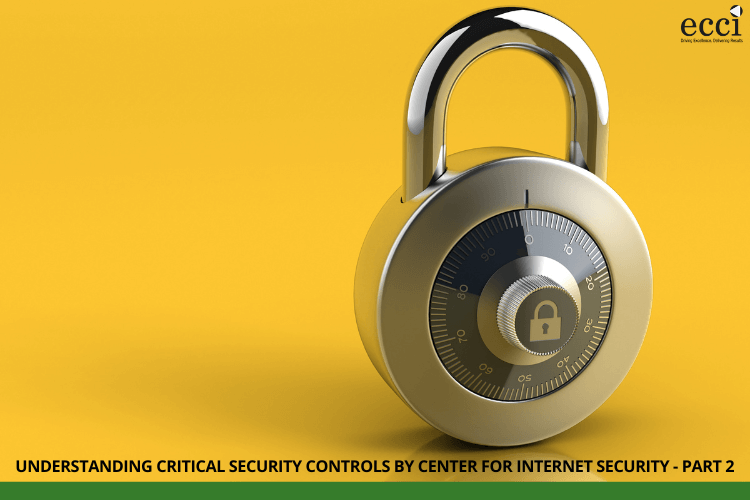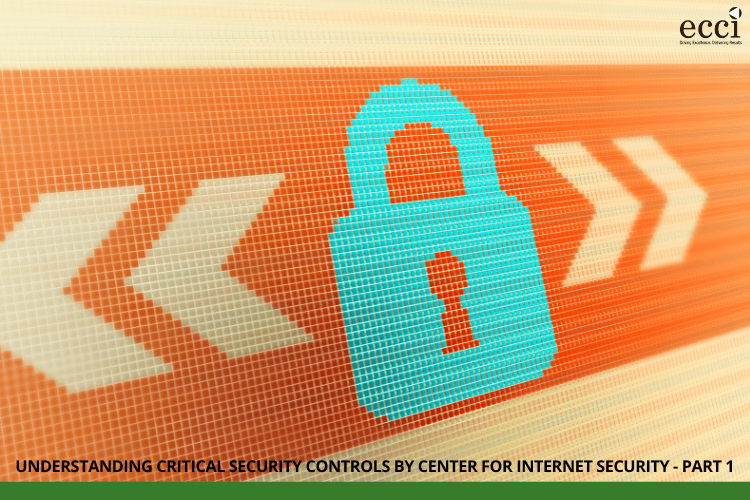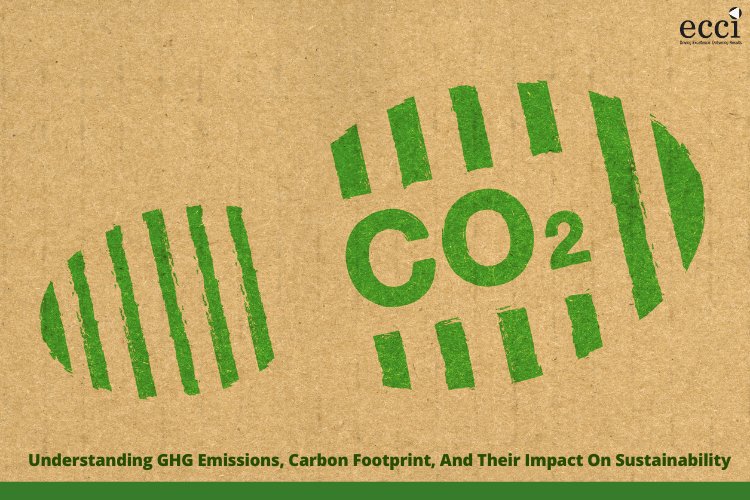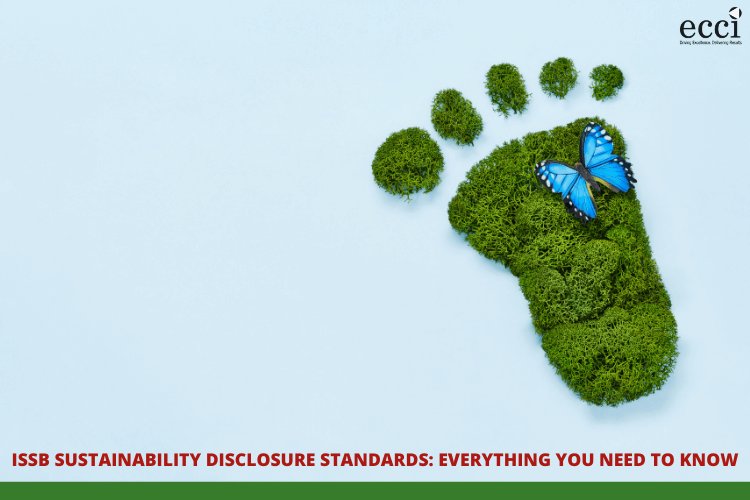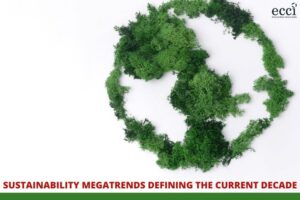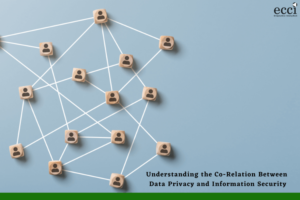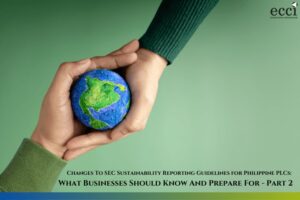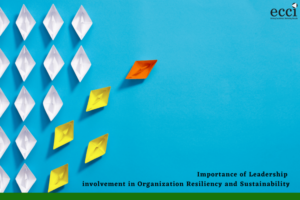The Philippines’ SEC (Securities and Exchange Commission) guidelines demonstrate the state’s noble efforts to ensure businesses within the country operate sustainably. These guidelines, incrementally enforced since late 2016, have changed how public and privately listed companies conduct their businesses.
The Philippines’ SEC had to step up, given that their Asian counterparts had swiftly embraced ESG (Environmental, Social and Governance). reporting was already reaping the benefits. Trusted reports also cited improved company performance with the advent of ESG. reporting.
For instance, a report by the International Finance Corporate (IFC) mentions that in a 2015 survey by M.I.T., 75% of investors cited sustainability as one of their reasons to invest. It also notes that in 2016, Cambridge Associates observed that ESG. reporting significantly contributed to the performance of companies in emerging markets.
The SEC guidelines were a remedy for the Philippine economy as they ushered it into the new dawn. However, since the backbone of sustainability reporting is credibility and accountability, has the country understood and embraced this corporate culture? And what’s the progress?
The following article interrogates the level of compliance in sustainability reporting since the SEC guidelines and where the country currently is.
SEC Guidelines Overview in the Philippines
On 15 February 2019, the Philippines’ SEC, through a memorandum circular, first announced the sustainability reporting requirement for publicly listed companies. The reporting guidelines therein were set to accomplish the following objectives:
- To help PLCs communicate with stakeholders, such as potential investors
- To provide a mechanism for PLC.’s to add value through sustainability reporting
- To enable PLCs to assess and manage their economic, environmental, and social contributions to national and global goals such as the U.N. Sustainable Development Goals.
According to the memorandum circular, the PLC.’s were to submit their sustainability reports with their annual reports, starting in 2020.
The Journey of Sustainability Reporting in the Philippines
Sustainability reporting is quite different from other forms of corporate reporting. The metrics therein track the organizations’ environmental, governance, and social footprints over period-usually a year.
Beyond the data presentation, the companies must also detail their commitments, efforts, goals, values, and mission for the future regarding sustainability.
Below are some significant observations through the years since the SEC gave out its guidelines.
The graph below provides a high level snapshot of the adoption rate and its changes over the last 2 years, based on a brief external study conducted on the sustainability reports submitted by PLCs. For the reporting year 2019, 73 out of the 268 companies were covered in this review, and 118 companies for the year 2020.
A more detailed study of the progress has been presented below.
Rate of Compliance By PLCs
Late last year, the Philippines’ SEC commissioner Ephyro Luis Amatong during a webinar organized by the European Chamber of Commerce, applauded the high compliance rate by PLCs in sustainability reporting.
He noted that, despite the short notice and the difficulties posed by the pandemic, as of September 2021, 90.77 percent of the publicly listed companies submitted their 2019 sustainability reports. 93.3 percent submitted their 2020 sustainability reports.
Unexpectedly, the Covid-19 pandemic catalyzed ESG. reporting, causing enterprises to rethink their business models. The PLCs’ appreciation of sustainability reporting as a communication tool regardless of the season was a sign of maturity.
Type of Reporting Framework Used
The SEC had issued its standard sustainability reporting framework to assist PLC.s in navigating the vast ESG. world. However, some PLCs used other industry-accepted sustainability reporting formats for both years.
In 2020, for instance, most of the companies used the SEC reporting template. In 2021, the number of companies using stand-alone templates increased, and in 2022, this figure might go up.
The Global Reporting Initiative (GRI) Sustainability Reporting Standards was the most commonly used alternative reporting standard. The use of the Task Force on Climate-related Financial Disclosures (TCFD) recommendations also went up in 2021.
The use of different reporting approaches by PLCs is not unjustified. Since various issues may require communication effectively using different methods, companies are finding the reporting approach that suits their needs.
Additionally, using other industry reporting formats is not unlawful in the Philippines.
Materiality Disclosures
As per the guidelines, companies should make a materiality disclosure. Materiality disclosures involve a mix of corporate strategic planning and enterprise risk management information. They aim to assist stakeholders in identifying and managing issues affecting a company’s long-term performance.
Despite the emphasis of the SEC on the principle of materiality, in both years, companies were still reluctant to declare. While, no one knows whether they cannot meet this requirement due to measurement issues or due to some confidentiality aspect.
What we know is that, according to the EY’s 6th Global Institutional Investor Survey, this reluctance could compromise the usefulness of ESG disclosures.
United Nations SDGs
The United Nations is the biggest champion for sustainability issues. Its sustainable development goals (SDGs) aim to have an ethical, peaceful, and empowered population by 2030.
As one nation that has committed to helping achieve these goals, the Philippines requires PLC.’s to report on their goals and targets.
The good news is that most of them have done that. The bad news is that there are challenges in determining the reported metrics.
For both years, most PLCs failed to give specific metrics or demonstrate how their goals and targets align with the UN SDGs.
These issues of data availability and granularity prevent stakeholders from knowing if there is progress or not. The PLCs, however, had ideas on long-term corporate strategies to help achieve the goals.
The Current State of Sustainability Reporting in the Philippines
Generally, the Philippines has shown an upward trend in sustainability reporting through the first few years of the SEC guidelines. Should the government and stakeholders not relent in their pursuit of sustainability, the Philippines’ economy will scale to unrecognizable heights within the next ten years.
Different companies within the various industries in the Philippines handle and report on ESG. issues differently. The content and quality of the reports are unique depending on their environment and nature of business.
While this should be the case, the SEC, the PLCs, and the community should keenly check to ensure that everyone is doing their best to make a truthful report for the good of the entire country.
In conclusion, as opposed to one year ago, when sustainability reporting for PLCs in the Philippines was on a comply-or-explain policy, starting in 2023, it will be mandatory. Sustainability reporting is compulsory in Thailand, Singapore, Malaysia, and Indonesia, and its effect on stock prices and profits is potent. Learn about the SEC’s latest announcement regarding sustainability reporting guidelines here.

